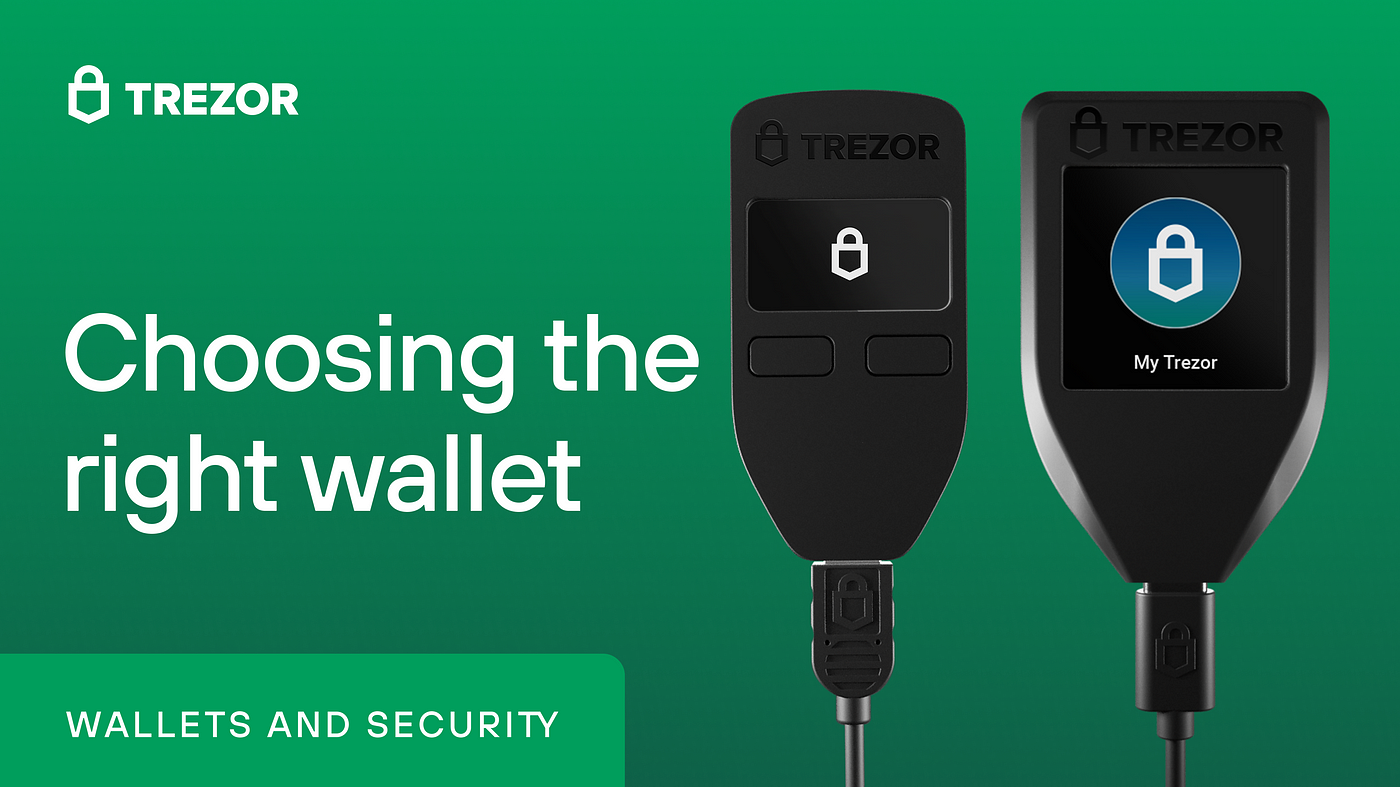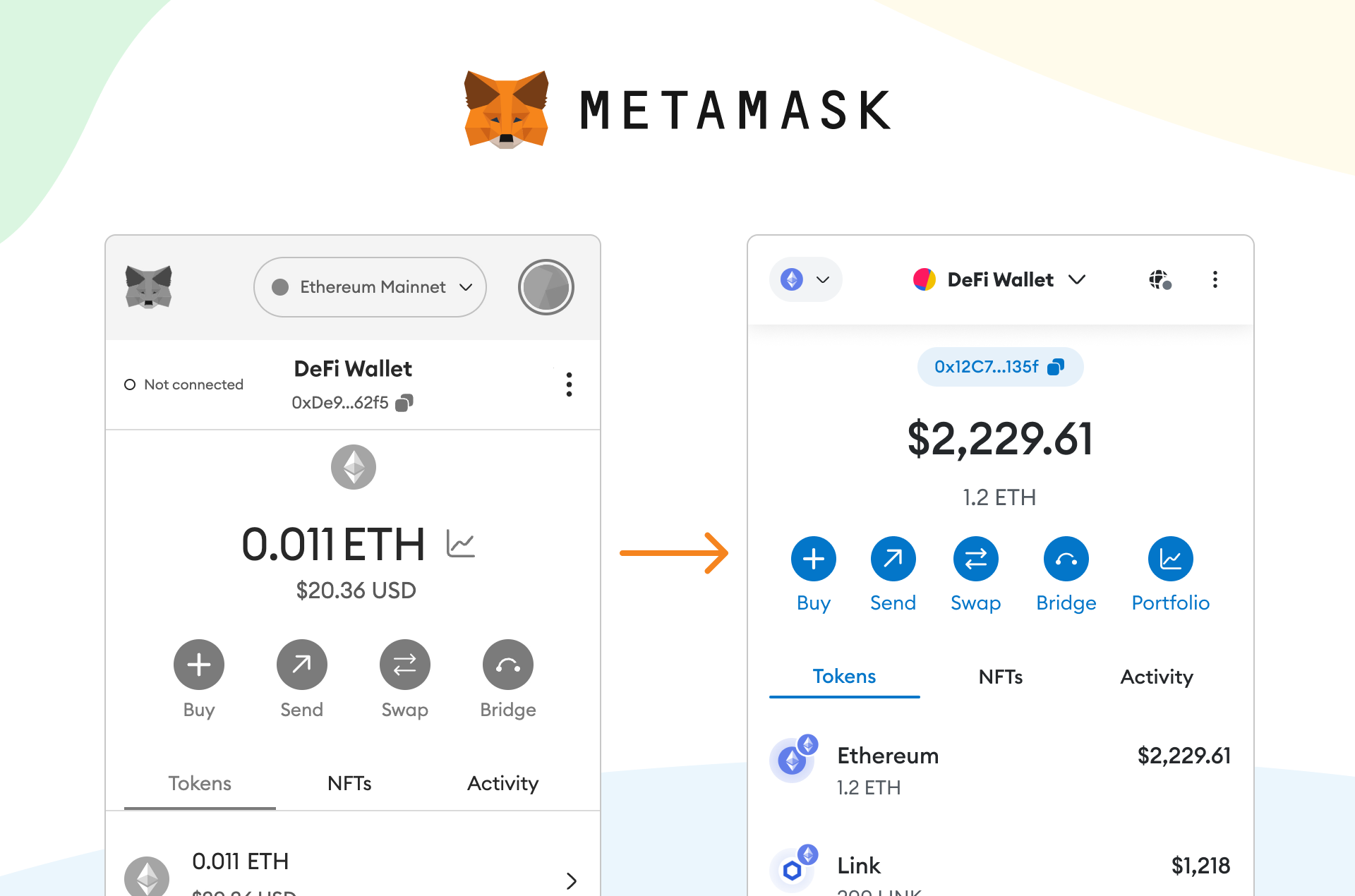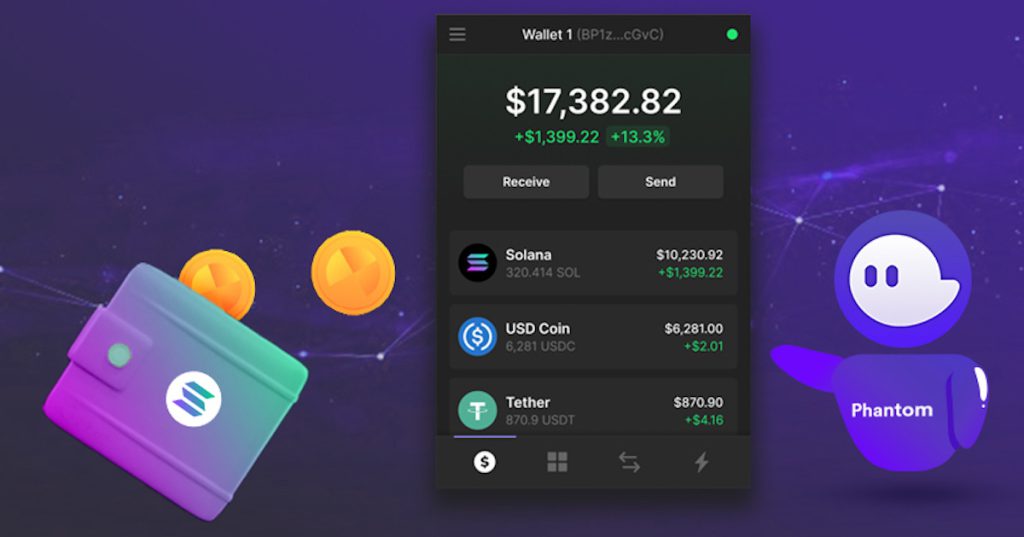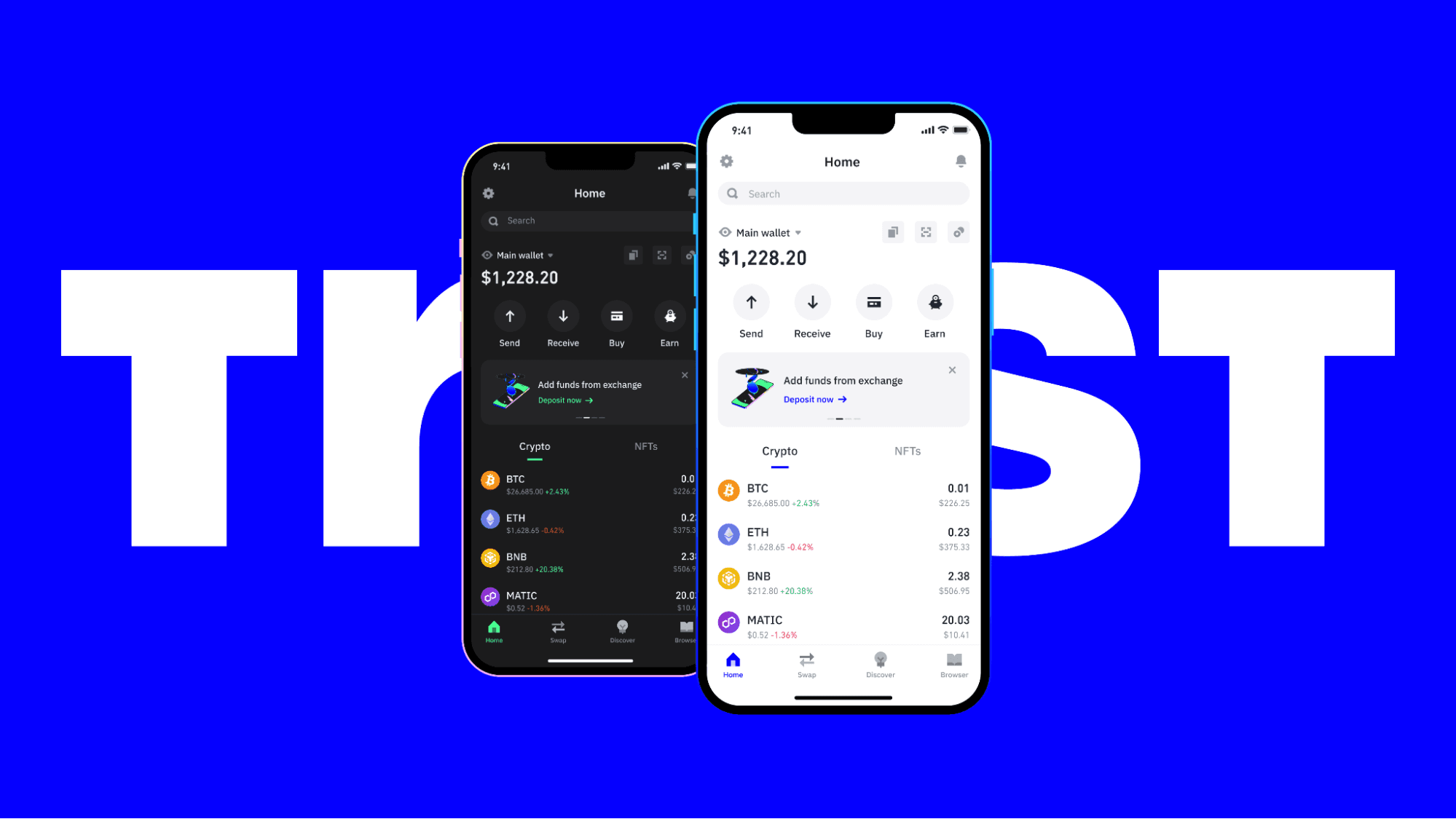Table of Contents
Discover the Best Crypto Wallets for Your Digital Assets
In this article, we will delve into the best crypto wallets available to keep your cryptocurrency safe. We’ll explore both hot wallets (software wallets) and cold wallets (hardware wallets), providing a balanced overview of their pros and cons. By the end, we’ll create the ultimate crypto wallet tier list that will help you decide which option meets your needs. If you’re new here, welcome! I’m Too, and I cover everything related to cryptocurrency, from the latest trends to lucrative airdrops. If you’re interested in staying updated, consider subscribing to join our community.
Understanding Hot Wallets vs. Cold Wallets
Before diving into the tier lists, let’s clarify the difference between cold wallets and hot wallets. Generally, newcomers to the crypto world start by using hot wallets or software wallets. These wallets are user-friendly, free of charge, and can be installed on nearly any device. However, the downside is that the private key is stored directly on your device, increasing the risk of hacks.
On the contrary, cold wallets address this vulnerability by keeping your private keys offline at all times. Even when your hardware wallet connects to your smartphone or PC, the private key remains secure. Cold wallets are tangible devices, and while they do require some investment, they are definitely worthwhile if you’re serious about your cryptocurrency holdings. Personally, I use a hardware wallet for my long-term investments and a software wallet for quick access to my trading funds.
The Best Crypto Wallets: A Look at the Top Options
Ledger Wallets

The Ledger wallets are perhaps the most recognized in the crypto space. There are four variants available: the Ledger Stax, Ledger Flex, and the two Nano models—the Nano X and the Nano S. While these wallets offer distinct features like NFC connectivity and wireless charging, my main focus is on asset support, which is consistent across all Ledger wallets.
Ledger wallets support an impressive range of assets and blockchains, ensuring virtually any cryptocurrency you hold is accommodated. In terms of security, the Nano X is the only model that still holds an E5 rating, while the rest feature E6 ratings, meaning they undergo slightly more rigorous testing. While all models are secure, I find the battery life of the more expensive versions to be a concern; my Nano X often seems drained when I try to use it!
Pricing is quite reasonable, with the cheapest model starting at just $80—an excellent option for beginners keen on maintaining wallet security. Moreover, if you purchase your Ledger wallet through the link provided in the description, you’ll be eligible for free crypto rewards ranging from $10 to $50, depending on your chosen model.
One significant feature I appreciate is Bluetooth connectivity, available on all models except the Nano S. This feature allows for hassle-free connection to mobile devices or PCs without the need for specific cables. Given the importance of this flexibility, all Ledger wallets will be ranked in the S tier, while the Nano S will reside in the A tier due to its lack of Bluetooth functionality.
Trezor Wallets

Another commendable hardware wallet is Trezor. Trezor offers three different models, each with its unique attributes. The Trezor Model One begins at a very affordable price of $49, making it an appealing option for newcomers. However, due to its limited token support, which excludes major cryptocurrencies like Solana, Cardano, and XRP, I believe opting for the Ledger Nano S instead—only $30 more—would be wiser. Hence, the Model One finds its place in the C tier.
The Trezor Model T and Trezor One can be considered together. The Model T features a color touchscreen with Gorilla Glass but doesn’t warrant the additional $90 expense in my view. Both wallets have an E6+ security rating and support more tokens than the Model One, yet still fall short of Ledger’s standards. Additionally, the Trezor iOS app is limited to wallet monitoring and does not facilitate transaction sending. Hence, the Trezor wallets will land in the B tier.
Exploring Hot Wallets
MetaMask

Now, let’s discuss some hot wallets, starting with the highly popular MetaMask. This software wallet is user-friendly, with setup completed in under a minute. Its intuitive interface allows for effortless receiving and sending of cryptocurrency, making it accessible for beginners. However, it doesn’t support a wide range of blockchains, lacking compatibility with Bitcoin and Solana. While seasoned users may handle this, I wouldn’t recommend MetaMask for those just starting out. Thus, it gets a D tier rating.
Phantom Wallet

Phantom is among my favorite software wallets due to its simplicity. You can easily receive, send, swap, and purchase assets all within its interface. Phantom elegantly displays assets across five different blockchains, including Bitcoin, Solana, Ethereum, and Polygon, making it a great choice for novice users. Since I have not encountered significant issues with Phantom, this wallet earns an S tier ranking.
Trust Wallet

Trust Wallet is another widely recognized hot wallet, offering the ability to store assets from over 100 blockchains, including all the major networks like Bitcoin, Ethereum, Solana, and SUI. Trust Wallet is easy to use and presents all your assets in one tidy dashboard. However, it may not support as many dApps as MetaMask or Phantom, which can be a drawback. I use both Trust Wallet and Phantom, with Trust Wallet performing adequately while I occasionally switch to Phantom for better connectivity. Consequently, Trust Wallet will be placed in the A tier, just shy of the S tier.
Exchanges as Wallets
The final mention isn’t exactly a wallet but is frequently used as one: exchanges. While they may seem appealing for new users due to staking rewards or benefits, holding assets on exchanges means you don’t own them outright. Exchanges withhold private keys from users, resulting in a potential loss of decentralization and security. The adage “not your keys, not your crypto” epitomizes this risk. Therefore, I place all exchanges in the D tier for long-term holdings.
Conclusion: Best Crypto Wallets Recap
To sum it all up, our tier list ranks the Ledger wallets as the best choice for cold storage, while Phantom emerges as the leading hot wallet. If you’re considering obtaining a Ledger wallet, check out my detailed guide on setting one up. For more tier lists related to cryptocurrency, feel free to browse through my other videos. Thank you for reading, and see you next time!






extremely helpful and clear information. Im surprised you don't have that many subscribers
Buy ledger cuz ur paid by them. VIEWERS, NOTE: LEDGER HAVE A LOT OF SECURITY VULNERABILITIES WHILE TREZOR IS OPEN SOURCE WITH NO BACK DOORS.
What about Exodus?